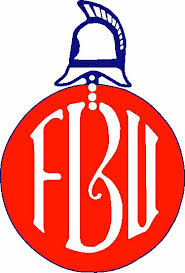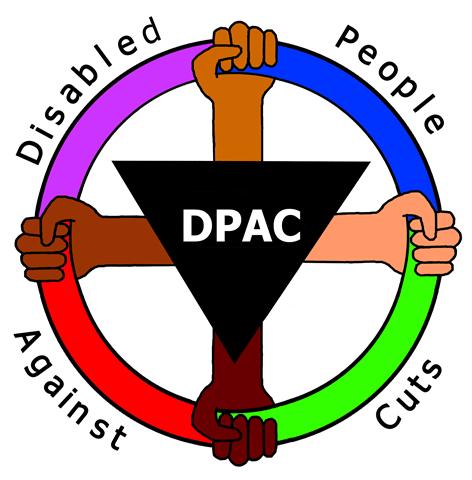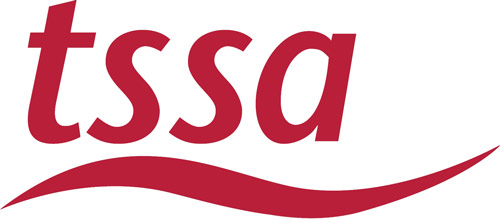Barnet Alliance for Public Services - residents, local organisations and trade unions campaigning for high quality public services in the London Borough of Barnet.
Staff Login
The One Barnet Judicial Review: summary of three days
This is a summary of the three days of the hearing of Maria Nash’s application for Judicial Review (JR) of Barnet Council’s ‘One Barnet’ outsourcing programme. For more detail, and an account of who said what, read Mrs Angry’s blog Broken Barnet.
As the name indicates, a Judicial Review is heard before a judge, in this case Mr Justice Underhill. He sat at a desk on a raised stage surrounded by lever arch files containing submissions in the case and the evidence to support them. Below him, facing the open room, were seats for his clerk – whose job was to lock and unlock the doors to the court and on a very few occasions to hand over documents from the lawyers to the judge – and ushers, who seemed to have no function relevant to the case and came and went at various times.
Across a gap were the rows facing the judge, the first being where the solicitors sat behind tables, seeming to write down every word that was said. Behind them on a slightly raised level was the long built-in desk at which the barristers and QCs sat; behind them at another built-in desk were the journalists and a blogger. At the back, against the wall, was a single row of seats for the audience. At one side of the room there were two rows of seating for more audience, and at the other side a few chairs and space for Maria Nash’s wheelchair. The audience seats were fully occupied much of the time, and all the time on the third day, and mostly by people supporting Maria.
The legal team for Maria Nash comprised Nigel Giffin QC, David Gollancz (barrister), Gerald Shamash (solicitor) and Richard Pikethly (barrister). The counsel for Barnet was Monica Carss-Frisk QC and the solicitor was Mr Jeff Lustig from the Council. Only the QCs spoke for their clients.
Each team had copies of the same material as the judge. The files are referred to as ‘bundles’, and as the advocates presented their cases they would refer to a bundle (there were at least 6 bundles), a tab, sometimes a page, and a paragraph, all by numbers (for example, bundle 5, tab 38, page 3007, paragraph 73). There was a massive amount of paper, and a lot of page turning and reading. All these people appear to have phenomenal memories.
The doors to the court were unlocked at 10am, the session started at 10.30am, stopped for lunch promptly at 1pm, when the doors were locked behind us; the doors were unlocked again just before 2pm and the afternoon session ran from 2pm to 4.30pm precisely.
On the first day Mr Giffin began to present the case for Maria Nash. He introduced the issues and the evidence that all parties would refer to throughout the case, and this was partly why he took a day and a half to present it. It was also partly because the judge conducts a dialogue with the counsel for each side, in turn, in order to tease out the details of the case and the laws that apply to it, and to clarify any points that seem to him unclear, ambiguous or needing further support. This dialogue enlivened the proceedings and probably helped the audience understand more of the finer legal detail.
While we do not know the law, there were probably many of us in the audience who knew more about the details of the situation in Barnet than the lawyers for either side. But it is all about issues of law, and only that: was consultation mandatory, was it carried out properly, was there due regard to the Public Sector Equality Duty, was it sufficient that an Equalities Impact Assessment was carried out only at the end of the contract bidding procedure and, most importantly, was the challenge brought in time? Mr Giffin had to show that Maria was not too late in bringing her challenge, which was Barnet’s main defence. If the judge accepts that she was too late, the case, no matter how strong, fails.
When Ms Carrs-Frisk began her presentation on the afternoon of the second day, she set out to undermine or refute everything Mr Giffin had asserted. When she finished just before lunch on the third day, Mr Giffin made his reply. Then Ms Carrs-Frisk replied to his reply. In the end it was a bit like a tennis match: Counsel A cites cases 1, 2 and 3 to support a point; Counsel B cites cases 4, 5 and 6, to contradict 1, 2 and 3.
While the proceedings were extremely interesting, it was also frustrating to listen to the half-truths and smokescreens put forth by the council side, although we think in the end the judge saw them for what they were.
The judge could have given a decision on the final day but because it is such a complex and such an important case, with implications for local authorities everywhere, he wasn’t expected to, and he didn’t. He said the judgment would be ‘as soon as possible’ after Easter. Even if we lose because the judge rules we are ‘out of time’ (i.e. brought the complaint too late), Barnet Council will not come out of this looking good.
Barbara
Photos of Maria Nash and supporters taken outside the High Court, 21 March 2013












